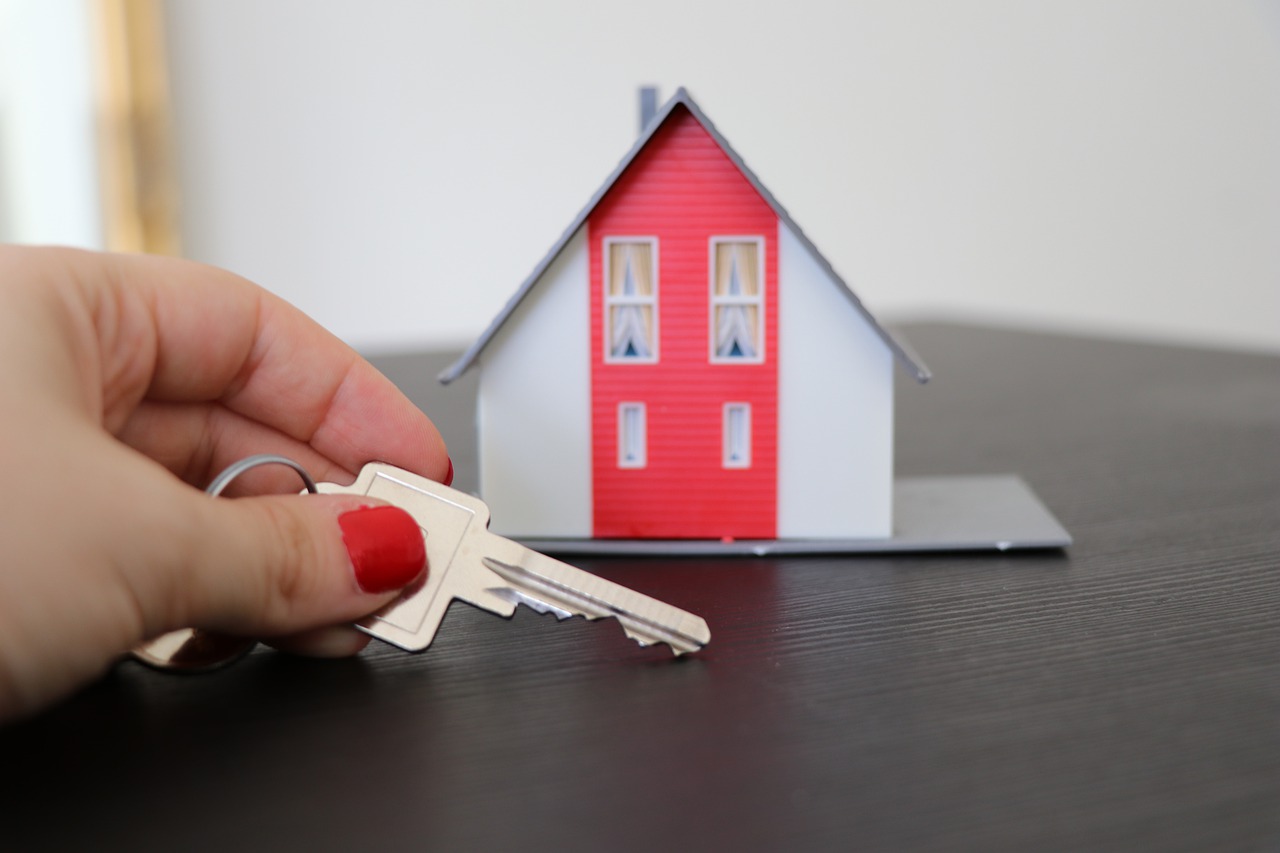How to Choose the Right Property Development Project
So, you’ve decided to go for it and launch your career as a property developer? But how do you choose the perfect project to get you started?
What Size of Project Can You Manage?
Building 30 properties is not necessarily three times the work and cost of building 10. And the more units you have to sell, the more potential there is for making a healthy profit from your investment.
However, a small project will typically be easier to manage and involve less risk. With fewer variables involved, there is less chance of something going awry. But you’ll need to crunch the numbers and make sure you can turn enough profit to deliver the return on investment (ROI) you need.
How Much Profit Should You Plan to Make?
Most developers aim to make a minimum of 20% of a project’s gross development value (GDV) as profit. The GDV is the total amount your properties will sell for.
Before choosing a development project, work out how much profit you need to make to cover your expected salary and the costs of completing your project (labour, equipment, administrative tasks etc.). Review your plans and decide how long the development should take to complete — the average for a small-scale project is around 18 to 24 months. Will this development provide the annual income you need?
For example, if you need to turnover £200k profit per year to cover all business costs and take home the salary you need (and have sufficient cash flow to invest in future projects), and you can realistically complete one development every 18 months, your target GDV should be £1.5 million. Use these calculations to help you pick the right projects.
What Type of Development Will Work in Your Target Area?
Developing an understanding of the local property market in your target area is key to deciding what to build. Is demand for large family homes through the roof? Or are most buyers looking for swanky properties for young professionals? Each type of buyer will have their own needs and preferences for local amenities, transport links, and their new home design.
Choose a buyer persona to focus on and build for them. It doesn’t matter that you love a high-end finish and a rural setting. If the people looking to spend money on properties in your location want budget city-centre accommodation, you’ll struggle to turn a profit if you create homes that suit your tastes, not your buyers’.
The target buyer should also be front and centre of your marketing and customer service strategies. If most of the people who show an interest in your properties have homes to sell before buying, offering part exchange homes will help you sell more properties faster.
How Much Risk Can You Afford to Take On?
Building an innovative multi-million-pound property may be your dream as a developer, but this is a much higher risk strategy — especially if you’re starting out — than building multiple lower-cost flats or houses. If there are no wealthy buyers who want to buy your amazing mansion, you’re stuck with a house that won’t sell, and all your money is tied up in it. In comparison, building several more economical properties reduces the project risk. If one property fails to sell, you still have income from selling the others. Also, the odds of finding someone to buy a £200k home are much higher than finding someone to buy a multi-million-pound property.
Investing in your first property development is a big decision and a huge financial commitment. Don’t rush into it without carefully considering what type of property development project is right for your current budget and resources.

